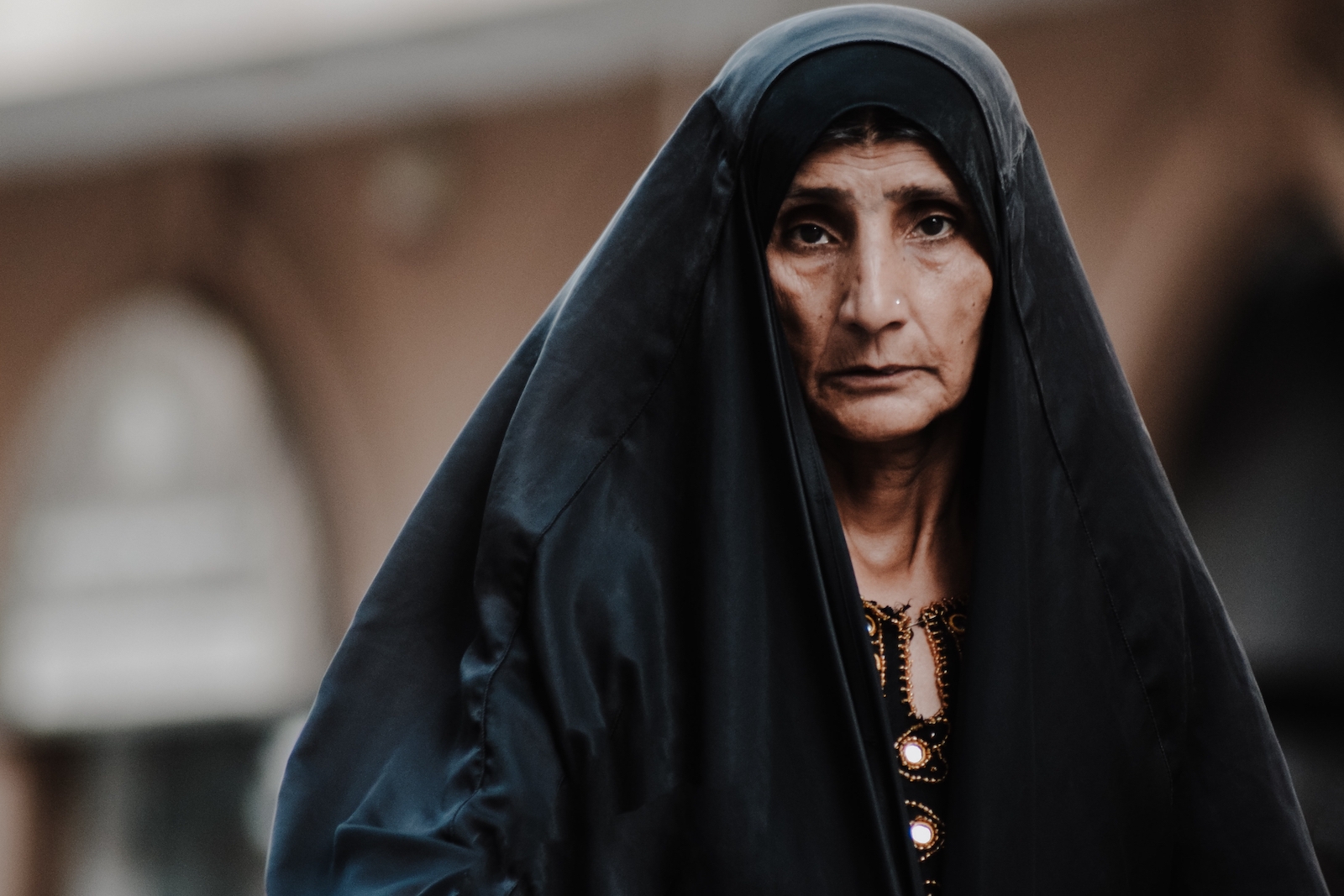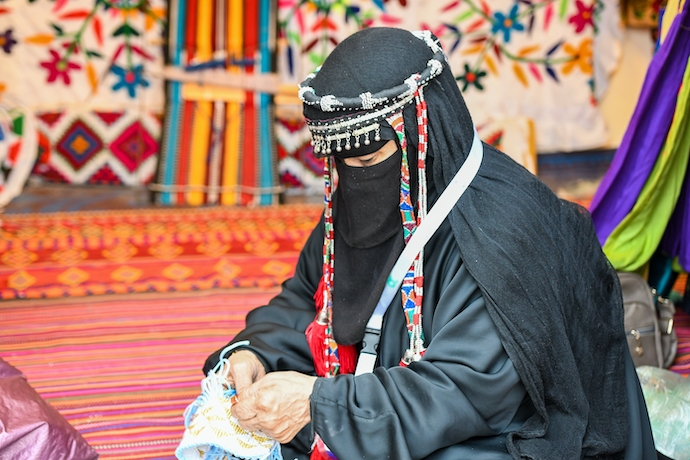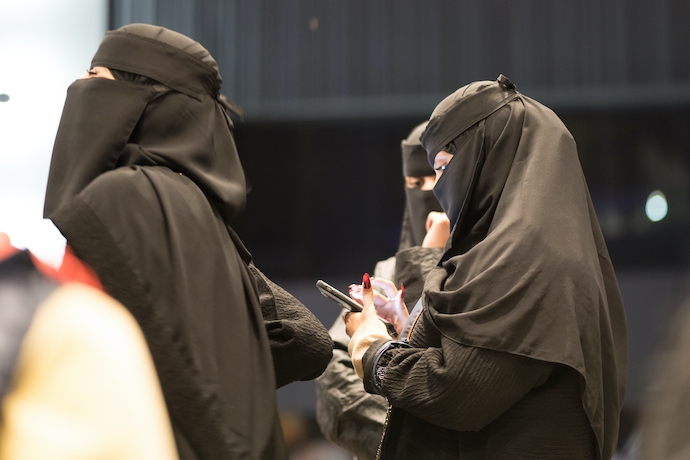
Saudi Women are Experiencing Marginal Reforms
Among the Middle Eastern countries, Saudi Arabia has traditionally demonstrated one of the highest rates of gender inequality. This wide gap is deeply rooted in patriarchal and cultural traditions and it has been reported year after year by various international institutions such as the World Bank and the United Nations.
Despite this, the Saudi government has introduced reforms in the last five years to reduce these gross gender gaps within the framework of Vision 2030, its long-term development plan. These reforms are the continuation of several limited reforms that began in the 1950s, such as access to education and the ability to obtain a national identity card. The most recent reforms include the right to drive, for which Saudi women had been campaigning for more than two decades. Between June 2018, when the “right to drive” went into effect, and March 2019, seventy thousand driver’s licenses were issued to women. More recent data shows that in Riyadh, women received 47% of all the driver licenses that were issued in 2020.
Other reforms include selective roll-backs on Saudi Arabia’s male guardianship law, a law that effectively reduced women’s status to legal minors. In August 2019, women were granted the right to apply for a newborn’s birth certificate or a deceased family member’s death certificate – both were previously privileges of the male head of the household. A government decree in the same month granted women older than 21 the right to apply for passports and travel abroad without the permission of a male guardian. Women can also apply for passports for their children. In January, women were allowed to join the armed forces and security services, and in June, women were granted the right to live alone without the permission of a male guardian.
There have also been some marginal reforms in restrictions on women’s dress codes and gender segregation in public spaces. Since mid-2018 women no longer legally have to cover their faces in offices and in public spaces. This allows women to have a facial identity in society, as opposed to the more conservative dress code of covering the face with a niqab. The gender segregation laws have also been modified since 2018, with the approval of the Women in the Workplace law. These reforms allow public and private organizations to create mixed-gender work environments as long as they also provide segregated spaces for any female employees that request one. This resolution has also improved the work environment for women by requiring a series of measures to prevent sexual harassment and ensure a work environment is compatible with Saudi conservative cultural norms. For example, in any mixed-gender office space, there must be at least two female employees, and an adequate number of security cameras must be installed in all workspaces.

While the legal reforms in Saudi Arabia have rapidly expanded throughout the last few years, alone they do not result in tangible improvement in the status of women. For this to occur, social norms must change alongside them and accordingly. Family and tribal ideals can still impose significant restrictions on women and deny them access to these legal rights. Various reports by observers of Saudi society, such as the Brookings Institute, and our recent interviews with a small group of Saudi-based, young women during July and August 2021, suggest that these limited reforms have already made a difference in the lives of many women. There has been a visible increase in the number of Saudi women who have switched from the niqab to the hijab. Many women in Saudi Arabia, particularly in cosmopolitan regions such as Riyadh and Jeddah, choose not to veil at all. Even more significantly, women are now more present than ever in shared public spaces such as offices, parks, shopping malls, and social events.
Another sign of both legal and social success is the sharp increase in the number of working women. When the Vision 2030 comprehensive reform package was launched in 2016, it envisioned that female participation in the labor force will increase from 20% in that year to 30% by 2030. It is now clear that this projection has been too conservative. The latest labor statistics show that this ratio grew to 33% in 2020, already surpassing the initial Vision 2030 target. The number of women-owned businesses have also increased, partly as a result of the creation of female-only commercial zones.
Not only do the numbers show how successful the new labor policies for women are, but traditional mindsets also appear to be shifting. One of our interviewees described the processes of arranged marriages occurring in Saudi Arabia, a long-standing traditional norm between families when two people wish to get married. Within this process, there are specific criteria for a man to pick a wife. Now, one new element to this selection process — and one of the most important ones — is that a woman should be employed.
Another interviewee, Jawaher Alsudairy from the Saudi-based research program at Alnahda Society, confirms just how widespread this change in mentality is. She cites a University of Chicago study, where 500 Saudi men were interviewed about how they felt regarding their wives working. Eighty-seven percent of the participants agreed with the notion that women should be allowed to work outside of the house. This research indicates how there is a vast overestimation in how stringent culture dynamics are in Saudi Arabia. Such observations exemplify how policy shifts in Saudi Arabia prove to thrive when more progressive social norms and attitudes follow suit.

The surprising success of women in the labor market is partly an unintended consequence of the COVID-19 pandemic, where the “Saudization” of the labor industry was able to take place more rapidly than it may have before. A large number of foreign workers in retail and office administration activities left Saudi Arabia abruptly as a result of the pandemic and suddenly thousands of job vacancies became available. These jobs did not pay high enough salaries to attract educated Saudi men but many women (especially lower-class, non-university educated women) found the salary feasible. One interviewee describes seeing women work at supermarkets as a standard and common practice when it had not been so before. In a short span of time, a large number of Saudi women filled these vacancies.
It is unlikely that this large group of women would have been able to take advantage of these vacant positions had it not been for the multiple social and labor market reforms of recent years. For many women the ability to drive made participation in economic activities affordable. Otherwise, the cost of hiring a driver or using a taxi might have been prohibitive. Similarly, the measures taken to prevent sexual harassment and encourage a safe workspace for women convinced many conservative families that economic activity outside the home will not potentially damage familial ties and reputations.
Some critics have downplayed the significance of the recent reforms and argued that the Saudi leadership (particularly the Crown Prince Mohammed bin Salman, who is the main engine behind the Vision 2030) have only introduced marginal, superficial changes without addressing the core issues of male guardianship over women that were mentioned before. The reforms might also appear to be symbolic and ad-hoc without any coordination. We believe that the reforms target fundamental concerns for women’s rights in Saudi societies, and have produced tangible, albeit small, positive results. Indeed, their success, as measured by social acceptability, is partly a result of their marginal and small scale.
Had these reforms been more forceful, such as banning the niqab or enforcing liberal dress freedom for women, they could have produced a negative cultural backlash. Instead, the moderate liberalization of the dress code and the gender-mixing reforms were introduced as optional freedoms which became available in parallel with the existing conservative norms rather than replacing them. Initially, only a small number of families took advantage of these opportunities. However, as the more conservative families realize that women who do not veil or work outside of the home do not face expected social stigma, they are more likely to allow their female members to enjoy these freedoms.
These marginal reforms are crucial because they prepare the public opinion for the important next steps towards addressing the remaining social and legal biases against Saudi women. For example, as more and more Saudi families accept the rights of women to appear in public without a face cover, society will be better prepared for the relaxation of the mandatory black robes (abaya) for Saudi women. As more families accept the right of women to live alone and work, Saudi communities will be better prepared and more embracing of equal gender rights in divorce and child custody, which have been long-standing in more progressive Arab countries such as Tunisia.
With the success of these gradual reforms so far, it is hopeful that additional reforms in women’s rights will continue in similar sequential small steps, although the direction and pace of these reforms will remain firmly at the discretion of King Salman and MbS. Yet it must be acknowledged that these managed reforms should not be perceived as an acceptable substitute for more substantial human rights reforms, but nevertheless, these are important first steps in the right direction to eliminate the marginalization of women in Saudi Arabia.


